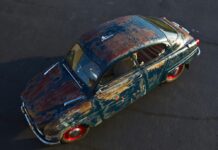When Enzo Ferrari established his factory, he made sure it had its own foundry from the very beginning. Since then, car technology has of course greatly changed. But to observe an engine come to life from liquid metal is still a timeless emotion.
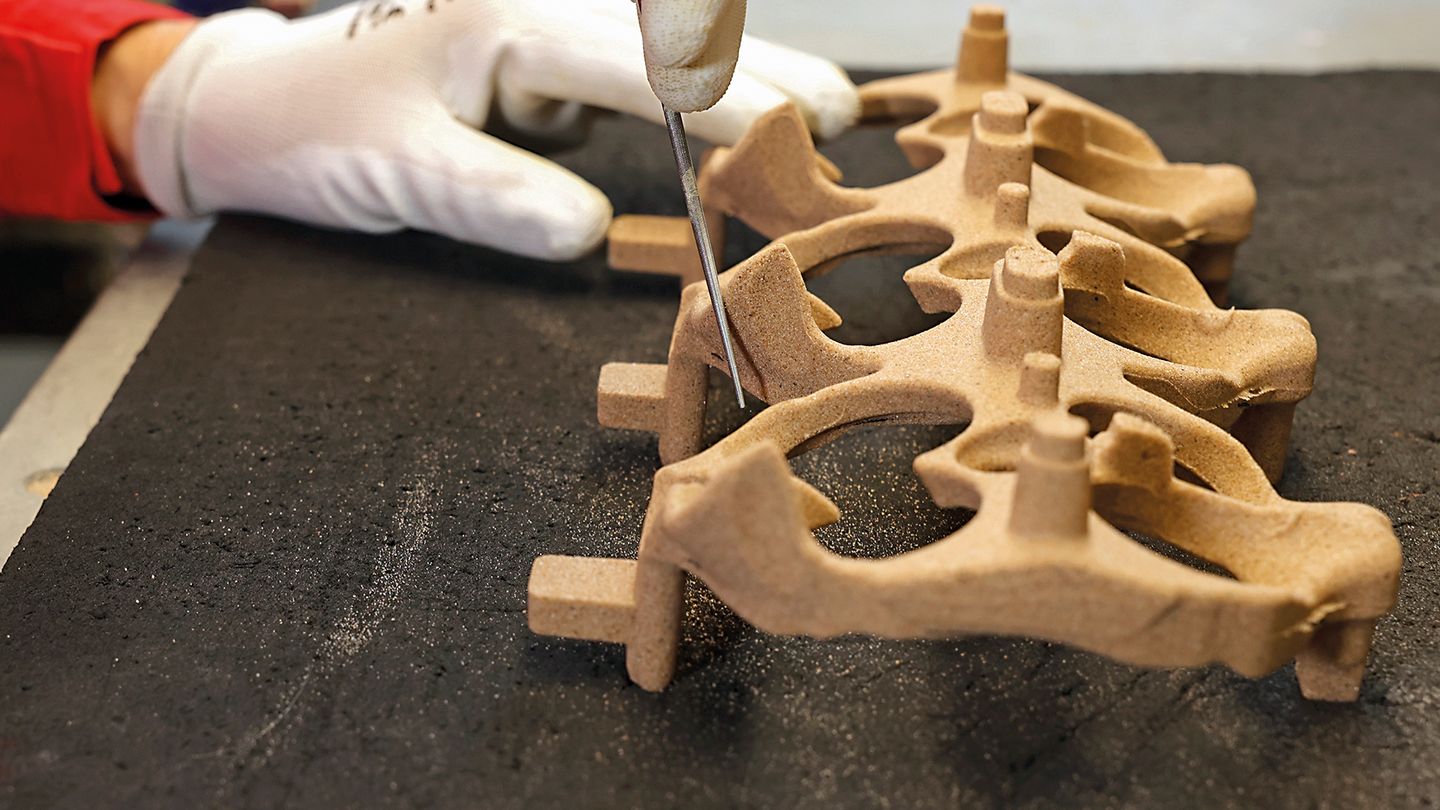
In the very early days Ferrari had its own foundry to make engine parts. Many car makers did. Almost uniquely, Maranello still does. Today the on-site foundry employs a cadre of some 100-plus highly-skilled artisans who meticulously create various parts, from cylinder heads to engine blocks and engine bedplates.

In reality these days they rarely dirty their hands; such is the pristine condition of the process they mostly wear white cotton gloves. The whole engineering process is based upon a series of moulds used to create precisely calibrated engine parts. “The basics are little changed from ‘the old days’,” says Federico Santini, Head of Engine Components. He likens the whole complex process to how a cake maker fills moulds whose shapes are the inverted opposite of the intended end item. The foundry’s expertise encompasses various disciplines. “It’s part chemistry, part metallurgy, part engineering,” explains Santini. This variegated expertise has passed down through the decades, supplemented by on-the-job training. “Then there are some patented aspects, regarding some of the treatments, things that we prefer to keep to ourselves.”
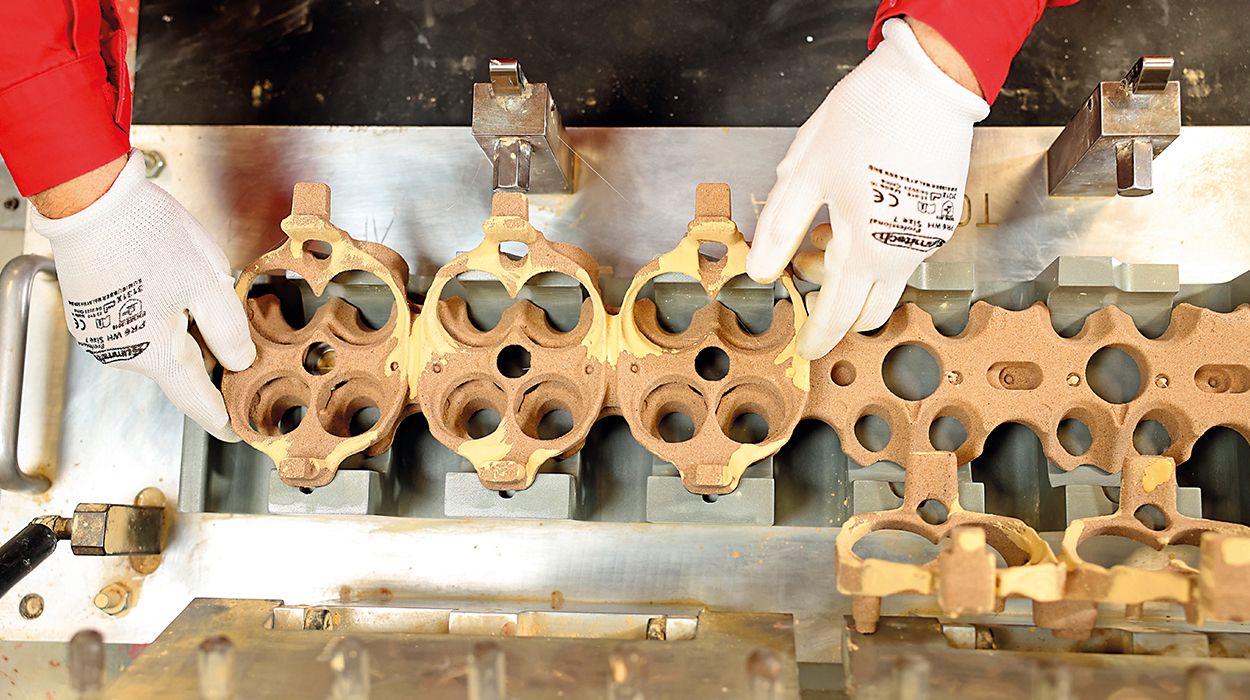
The first stage sees a ‘core box’ filled with a sand-resin mixture whose binding agent remains unidentified. Compressed air is blasted into it to seal the mixture. “This is what we call the ‘core box’ being ‘shot’,” says Santini. “A bit like a cake tin being cooked in the oven.” It is then hardened by smothering it in sulphuric dioxide gas. Any residue gas is ‘washed’ away by blowing compressed air over the ‘core’. The resultant compacted sand shape is then extracted. In the foundry’s esoteric vocabulary this delicate form is evocatively referred to as an ‘anima’ – a ‘soul’.
“It is effectively an inversion of the shape, the engine part, that we are trying to create,” says Santini. Its fine structure is necessarily reinforced by the insertion of iron wiring that has a diameter of one millimetre or less. That delicate task is done by a very steady, gloved, hand. The ‘anima’ or ‘core’ is then carefully ‘de-fleshed’ – excess material removed by hand, creating cavities and so on. Often times an amalgamation of ‘cores’ are glued together to resemble the desired engine part.
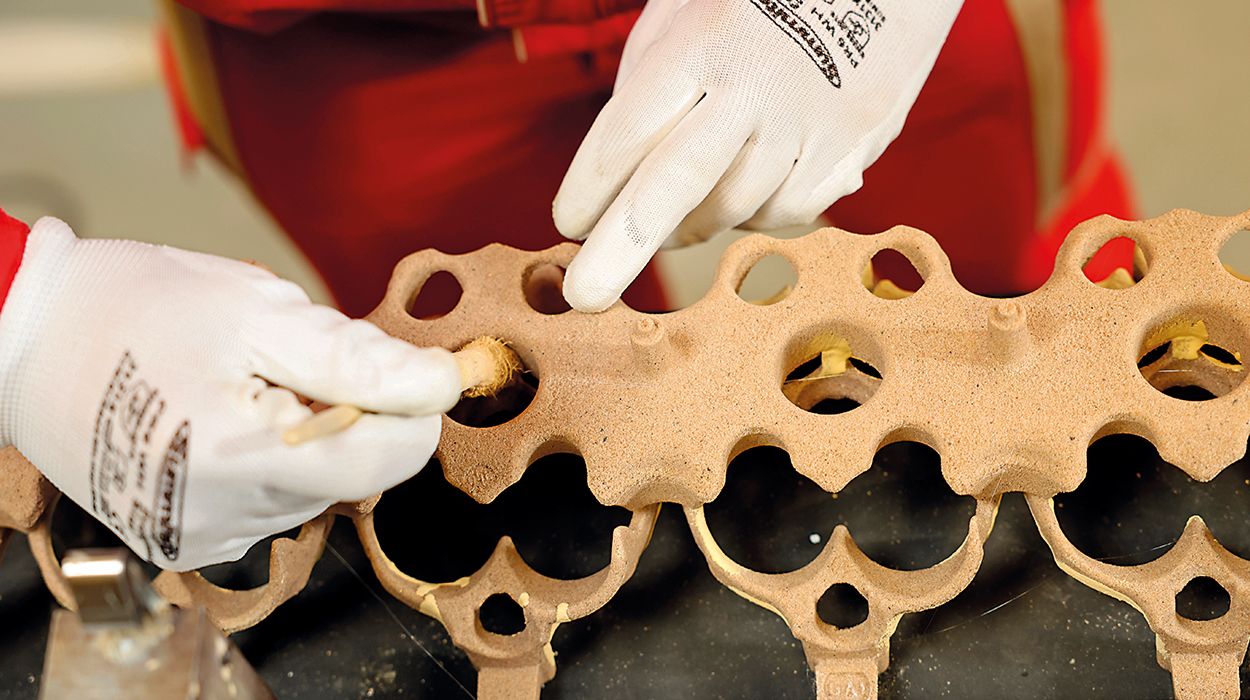
“As many as a dozen separate ‘cores’ may be needed for a single part,” says Santini. “For instance, it could be a V12’s cylinder head.” They are earlier treated with Zircon, which prevents the temporary iron wiring fusing with the liquid aluminium. “The ‘core’ is then enclosed in a die-casting mould which is filled with liquid aluminium, filling the cavities, and cooked for up to ten minutes,” explains Santini. The aluminium pouring process during the gravity die casting is precisely calculated both for angle of entry and rapidity of flow. This induces metallostatic pressure – a phenomenon of molten metal when in a liquid state – which expels air bubbles, a potential structural danger to any engine part.
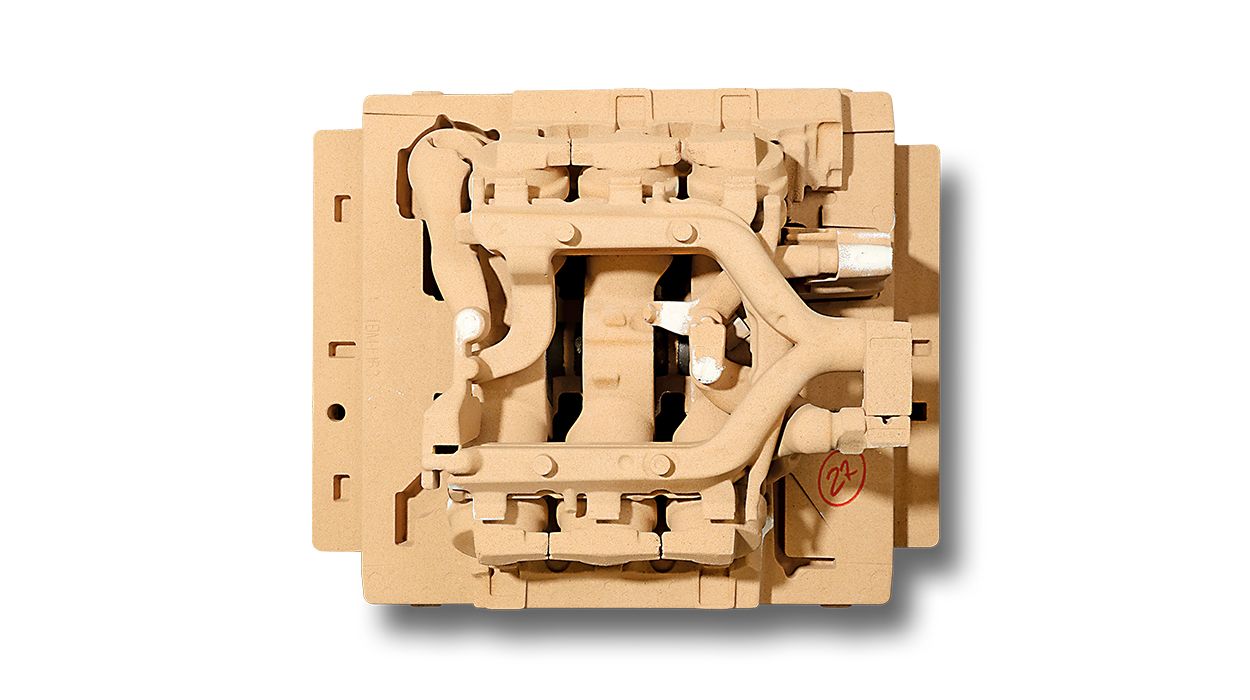
What exits is the real engine piece. The hot moulded shape has any sand removed, and the iron wiring extracted. Again by hand. The same complex modus operandi is used for a variety of Ferrari engine parts, with up to 150 made in any one batch of moulds.
“We make all the V12 cylinder heads right here in the Maranello Foundry,” says Santini, with evident pride. Such precision engineering means working at extremes: “The more you go to the extremes”, he reasons, “the more you need the human touch.”
Report: Kevin M. Buckley
Video: Oliver McIntyre

